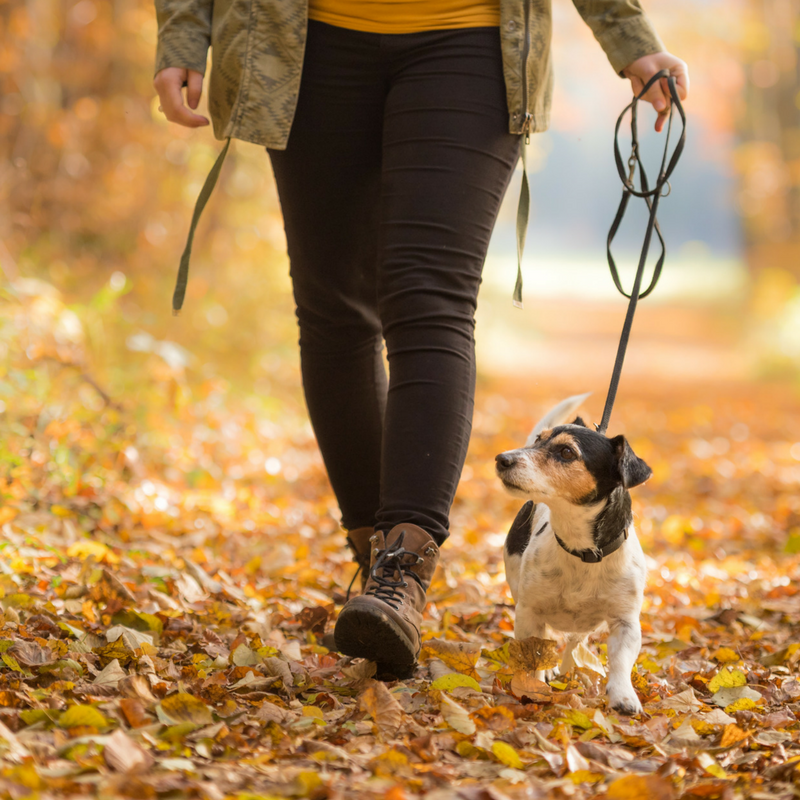
Walking Your Dog is a Healthy Way to Exercise, But Use Common Sense
The beautiful New England fall weather brings out lots of leaf peepers and dog walkers. This year, the number of people bringing their dogs along for a walk while enjoying fall activities such as apple picking, hiking, or pumpkin picking has increased. Makes sense since many people have added a “COVID-19 dog” to their families recently. It is important for people to remember basic dog walking etiquette and technique to ensure walks remain healthy, fun and injury-free.
It is easy to trip over something or get tangled in the leash and lose your balance if you are not careful. Emergency rooms have seen a rise in the number of visits related to dog walking, resulting in hip fractures, wrist or forearm breaks, tendon injuries of the hand/finger, skin tears, and bruises. According to a University of Pennsylvania Medicine Study, the number of such incidents jumped from 1,700 in 2004 to 4,400 in 2017, and we expect that 2020’s numbers will be significantly higher. Women over the age of 65 are at greater risk for fractures as their declining bone density makes them more prone to breaks.
Here are a few tips to help you enjoy being outside and to protect yourself from an injury while taking care of man’s best friend:
1. Say no to posting: Pay attention to where you are walking and do not text, talk on the phone or post cute images of your canine companion on social media while walking.
2. Use a manageable leash: Leather leashes and leashes with wide mouth handles are the best option; they are lighter and cause less risk for abrasion. Avoid retractable leashes as they pose serious injury to both you and your dog should your bolting dog run out of cord. Short leashes are better than retractables as they allow you more control from the get-go.
4. Grab extra leash length in your hand: Layer the extra length of the leash accordion-style in the palm of your hand so if the dog takes off, the extra leash can be released without pulling you to the ground.
5. Wear sensible shoes: The right shoes, sneakers or boots can make a difference. Good traction will help you balance when unexpected tugs occur.
6. Choose your time and place wisely: Walk during daylight hours and on even surfaces. Watch out for steep slopes, rocks and other impediments which may cause you to lose your balance when your pup changes course.
7. Train Fido early: Train your dog to walk on a leash properly. Good training can go a long way toward preventing excessive pulling and future injury.
For sure, the benefits outweigh the risks when it comes to walking your cold-nosed friend. Just pay attention to these commonsense safety tips and minimize the risks of injury along the way. Safe strides make for happy pooches AND their family members!
Learn more about OrthoConnecticut HERE.